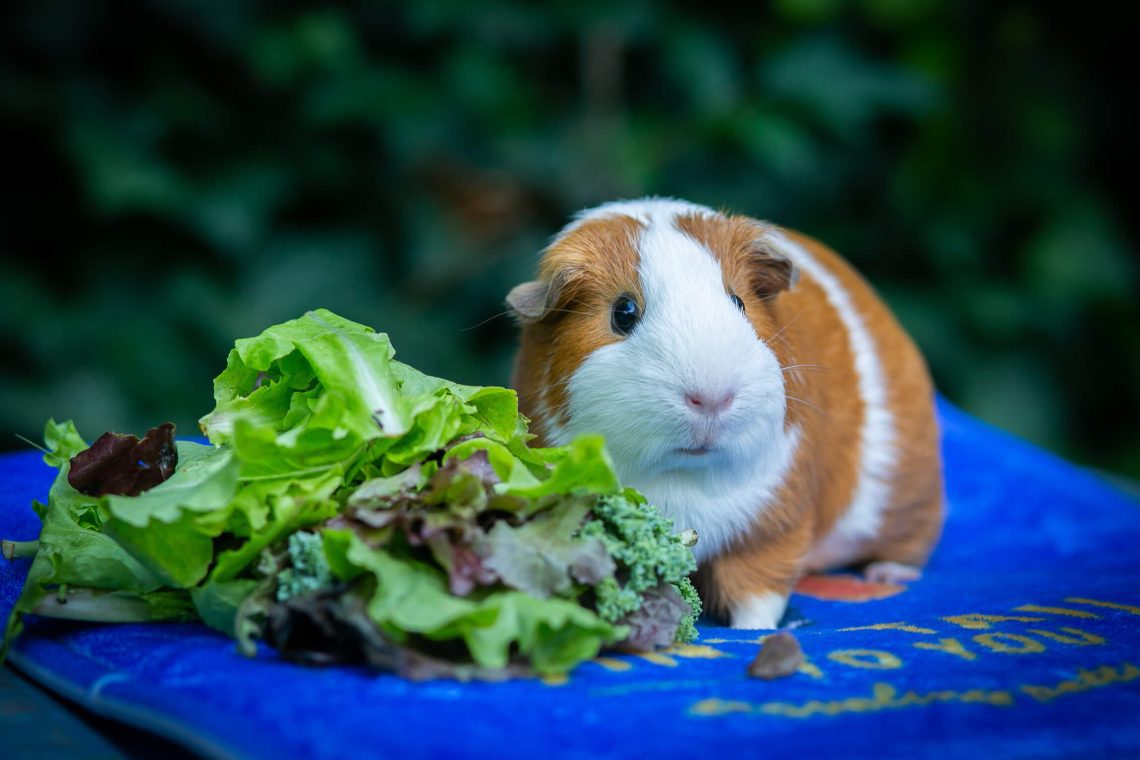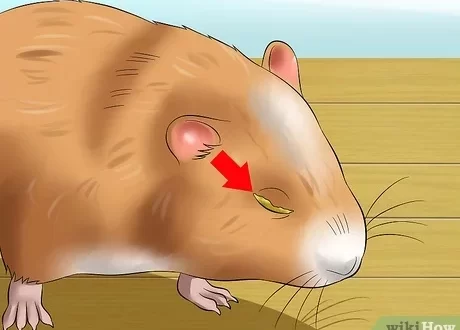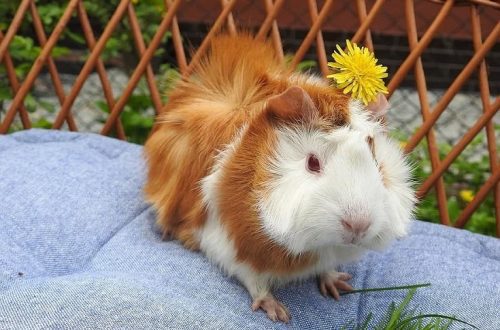
Mga paryente: agouti
Family Agutievye (Dasyproctidae) unite four genera, two of which – paca and agouti – are widespread and well known. Outwardly, they resemble both large short-eared rabbits and fossil forest ancestors of the horse. They feed on fruits and nuts falling from trees, as well as leaves and roots. These are predominantly forest animals that live in tropical America.
Agouti, or golden hare (Dasyprocta aguti), is a representative of the Dasyproctidae (Aguti) family, which is closely related to Caviidae. It occurs in large areas of South America from Mexico to Peru, including Brazil and Venezuela, to the border of evergreen vegetation in Argentina. The body reaches a length of 50 cm. The skin is light, with a golden sheen. Agouti lives in forests growing in river valleys, as well as in dry areas inland. Able to climb a leaning tree for fruits. Able to swim, jumps excellently (jumping 6 m from the spot). It hides in hollows of trunks and stumps, in pits under roots or in burrows of other animals. Lives in pairs or small flocks.
Aguti (Dasyprocta aguti) In places, agouti are even more numerous than paca, from which the agouti differs in its smaller and more slender body. The long hind legs have only 3 toes. The tail is almost invisible.
Single color: golden brown or reddish. In some parts of the Amazon, the agouti is also called the cutia.
Everyone who has seen agouti notes its rapid excitability. Agouti swims well, but does not dive. Most often kept in the forest near the water. One species lives even in mangroves. Agouti feeds on leaves, fallen fruits and nuts. Having found the fetus, the animal brings it to the mouth with its front paws. The female after a forty-day pregnancy brings two fully developed and sighted cubs. Like paca, agouti is a desirable prey for hunters. Despite its extreme fearfulness, the animal lives well in zoos. There are about 20 related forms in the genus agouti.
Family Agutievye (Dasyproctidae) unite four genera, two of which – paca and agouti – are widespread and well known. Outwardly, they resemble both large short-eared rabbits and fossil forest ancestors of the horse. They feed on fruits and nuts falling from trees, as well as leaves and roots. These are predominantly forest animals that live in tropical America.
Agouti, or golden hare (Dasyprocta aguti), is a representative of the Dasyproctidae (Aguti) family, which is closely related to Caviidae. It occurs in large areas of South America from Mexico to Peru, including Brazil and Venezuela, to the border of evergreen vegetation in Argentina. The body reaches a length of 50 cm. The skin is light, with a golden sheen. Agouti lives in forests growing in river valleys, as well as in dry areas inland. Able to climb a leaning tree for fruits. Able to swim, jumps excellently (jumping 6 m from the spot). It hides in hollows of trunks and stumps, in pits under roots or in burrows of other animals. Lives in pairs or small flocks.
Aguti (Dasyprocta aguti) In places, agouti are even more numerous than paca, from which the agouti differs in its smaller and more slender body. The long hind legs have only 3 toes. The tail is almost invisible.
Single color: golden brown or reddish. In some parts of the Amazon, the agouti is also called the cutia.
Everyone who has seen agouti notes its rapid excitability. Agouti swims well, but does not dive. Most often kept in the forest near the water. One species lives even in mangroves. Agouti feeds on leaves, fallen fruits and nuts. Having found the fetus, the animal brings it to the mouth with its front paws. The female after a forty-day pregnancy brings two fully developed and sighted cubs. Like paca, agouti is a desirable prey for hunters. Despite its extreme fearfulness, the animal lives well in zoos. There are about 20 related forms in the genus agouti.





